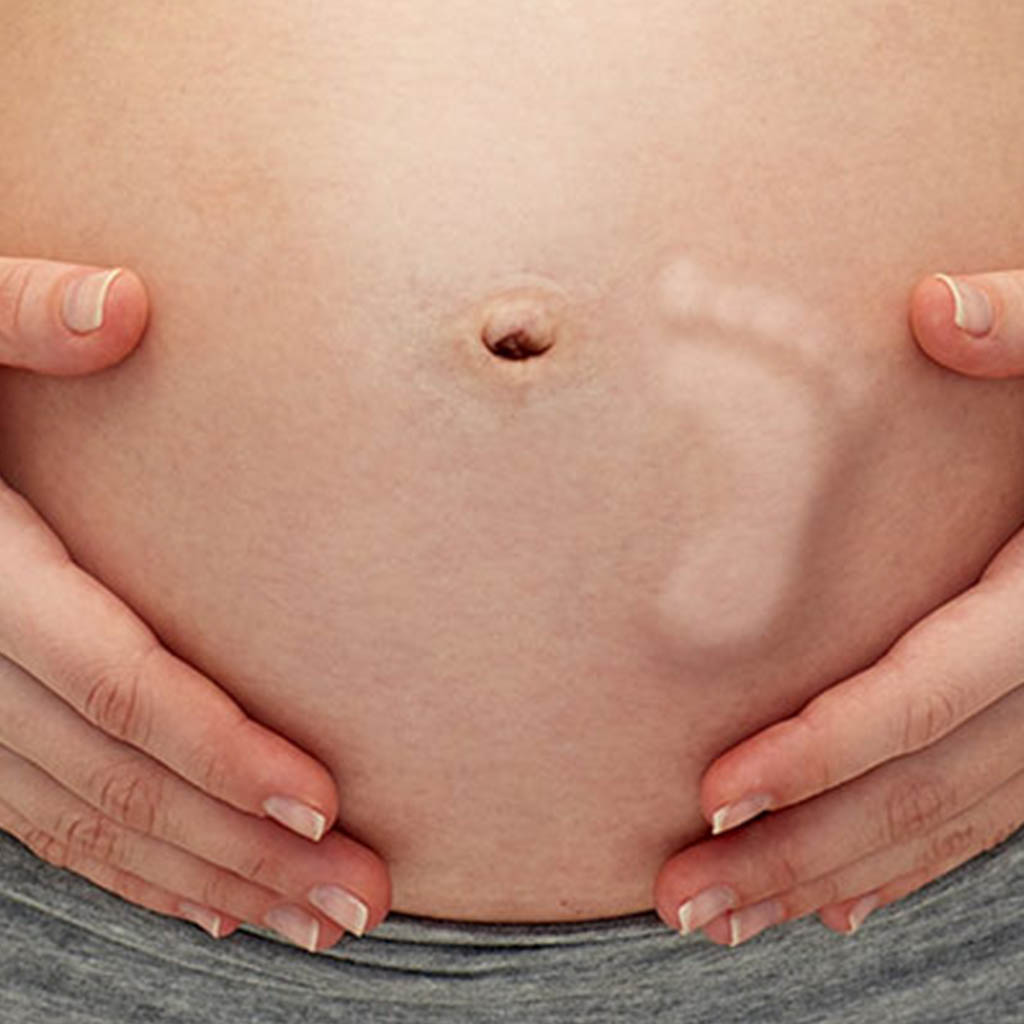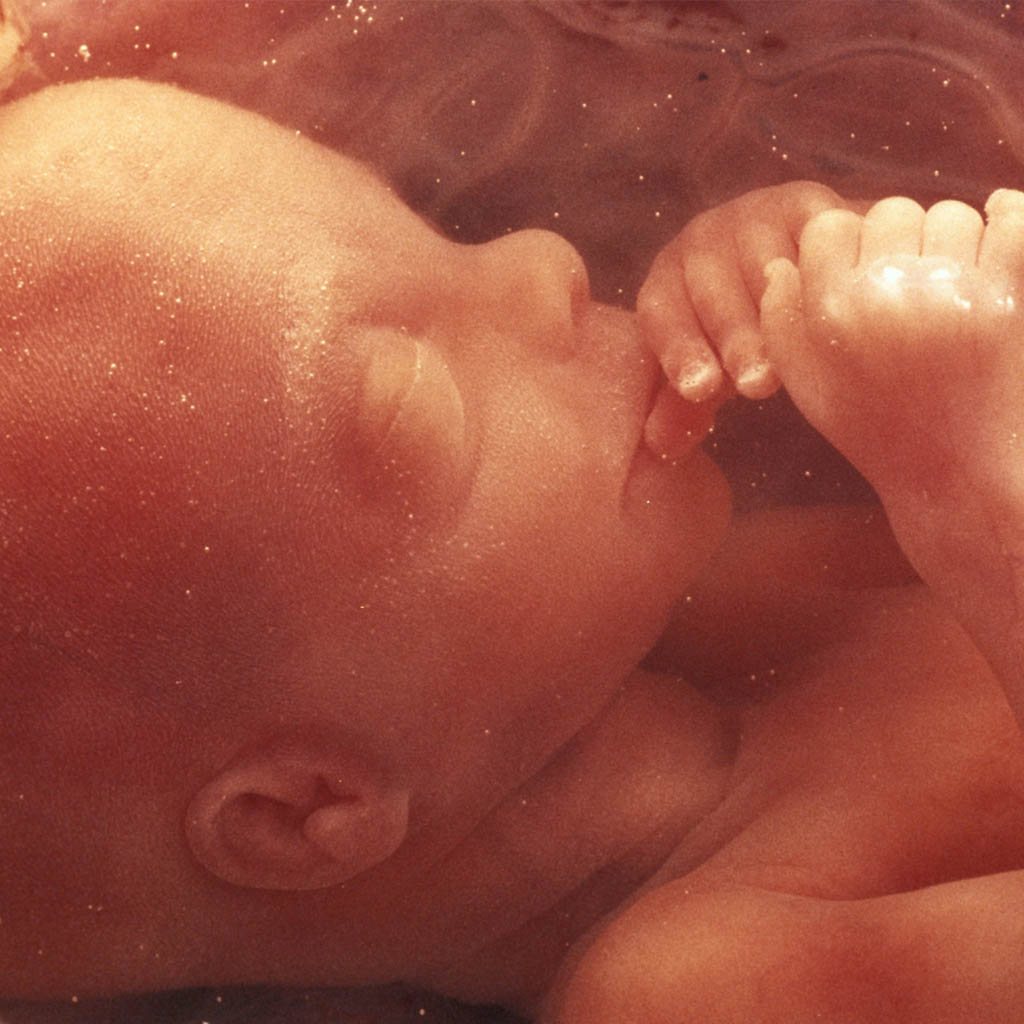Those movements that you feel inside your womb when you are pregnant are one of the most beautiful experiences you have. Sure, there are flutters and flips and kicks, but you will be surprised at the things your baby can do apart from simply kicking.
Here’s what scientists say about all the ways your fetus is developing and learning during your pregnancy:
#1 Your baby’s first movements start at about the ninth gestational week. Though a mother might not begin to feel these movements yet, they can be seen in an ultrasound.
#2 Between the 16th and 20th gestational week, mothers start to feel the fetal movement when they can feel the baby stretch, twist, and kick. Your unborn child’s lungs would be able to grow around the 25th week, preparing her for life outside the womb.
#3 After the 16th week, your baby can move 50 times or more every hour. You might feel the baby move ten times an hour by the 29th week. Movements could include flexing, stretching, moving the head or face, moving the limbs, or reaching out to touch the warm environment. A newborn might reach for the umbilical cord, touch her face, or feel one hand with the other.
#4 By the 20th week of gestation, your baby might develop certain gestures that would stay on in the postnatal years.
#5 Babies are active during the day just after the mother has had breakfast. Then, as you sit or lie down, get ready for a lot of kicks. The infant will attempt to move when you adjust your seat so that you are comfortable.
#6 Sometimes you might not feel the baby move. This would be your baby’s napping time. Your baby and you may have different nap times, and as your pregnancy progresses, you may notice that your baby sleeps for longer periods of time.
#7 At around 32 weeks, your baby sleeps deeply 90-95% of the day. At times it could be REM (Rapid Eye Movement) sleep whereby your baby can move her eyes back and forth, and some scientists believe that fetuses can dream during this time. At other times, your baby would be in indeterminate state of sleep due to her immature brain.
#8 Babies go through sleep cycles that alternate between deep and light sleep, lasting roughly 70–90 minutes, around the 36th week of pregnancy. Your baby will move about a little during light sleep and may even sucke her finger or thumb, unlike during profound sleep.
#9 As your baby is close to being born, she sleeps about 85-90% of the times, which is the same after she is born.
#10 Your doctor might recommend that you count the fetal movements beginning the 28th week. You can now feel your baby move many times during the day. Counting your baby’s jabs, rolls, and kicks may aid you in spotting potential issues and aid in preventing stillbirth.
#11 Some mothers might find it hard to feel the kicks. If you are overweight or if the placenta is on the front side of the womb, you may feel fewer kicks.
#12 Most mothers find sleeping on the left side convenient as it gives maximum comfort and also makes it effective for monitoring their babies. It also helps in blood circulation, making your baby more active.
#13 Ultrasounds have shown that fetus bounces up and down when the mother laughs.
#14 Due to the larger uterus and longer umbilical chord in cases of the second or third pregnancy, your kid has more space in the womb. These infants are more active because they had more motor practice in the womb.
#15 Your baby begins to recognize your voice right in the womb.
So now you know how your baby moves and spends time inside the womb. They may not just be kicking but could be exploring the world inside out of curiosity.






